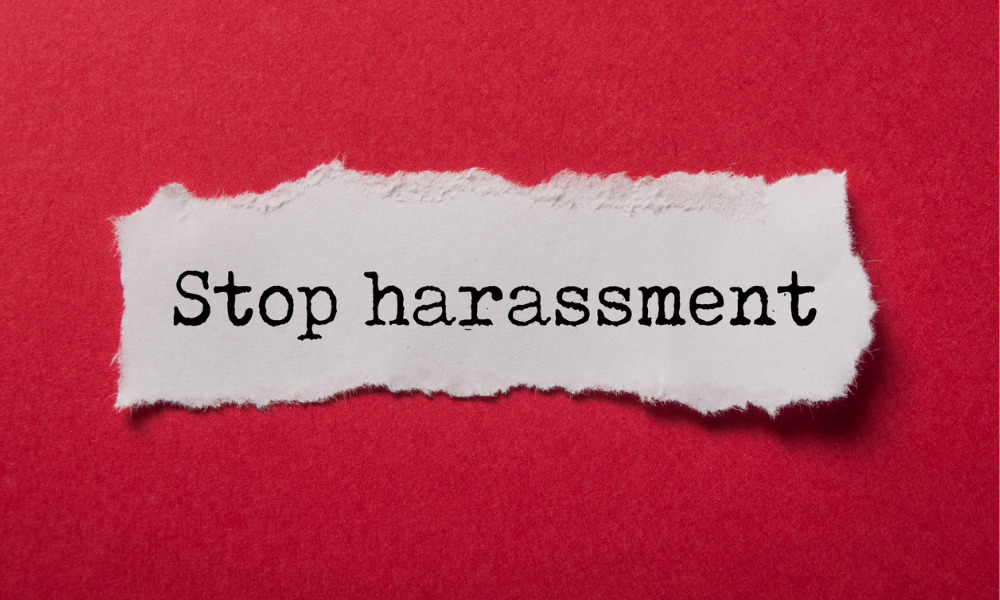‘The most important component of any prevention program is management commitment’

The Canadian Centre for Occupational Health and Safety (CCOHS) has developed three online courses to help employers, managers, and employees in federally regulated workplaces understand their specific roles and responsibilities in preventing harassment and violence in the workplace.
These roles and responsibilities are detailed in the Canada Labour Code, Part II, including the Workplace Harassment and Violence Prevention Regulations that came into force on Jan. 1, 2021.
In November 2020, Manitoba also rolled out a new legislative framework that will help ensure all elected officials understand the requirement to have a respectful work environment on councils and other governing bodies across the province.
“The most important component of any prevention program is management commitment. Management commitment is best communicated in a written policy,” said CCOHS.
Read more: Governor General resigns amid harassment claims
CCOHS released three courses overall:
Harassment and Violence Prevention for Employees provides employees in federally regulated workplaces with the definition of workplace harassment and violence, and ways to minimize and prevent it. It provides an overview of the uncertainty, fear and stigma around witnessing or experiencing such incidents, and reviews reporting and supportive measures.
Harassment and Violence Prevention for Managers and Committees/Representatives provides supervisors, managers and committee members a deeper understanding of the roles and legal responsibilities of the employer. The course covers the steps involved in implementing a properly developed workplace harassment and violence prevention program in compliance with the current legislation, and the duties required of employer representatives, the power and role of the committee (right of participation), and legislative aspects.
Harassment and Violence Prevention for Designated Recipients and Employers discusses the duties of the employer in relation to workplace harassment and violence, including policy development, investigation techniques, processes, program evaluation and the role of the designated recipient. The course prepares employers in preventing and responding to harassment and violence in their workplace, and shares guidance on how to carry out required responsibilities.
The online courses are available here.
Read more: Bill C-65: Understanding federal harassment and violence guidelines
Policies
CCOHS previously shared some things that employers should consider when developing policies against workplace harassment and violence.
The policies should:
- be developed by management and employee representatives, including the health and safety committee or representative, and union, if present
- apply to management, employee's, clients, independent contractors and anyone who has a relationship with your company
- define what you mean by workplace violence, harassment and bullying in precise, concrete language
- provide clear examples of unacceptable behaviour and working conditions
- state in clear terms your organization's view toward workplace violence and harassment, and its commitment to prevention
- precisely state the consequences of making threats or committing violent acts
- outline the process by which preventive measures will be developed





